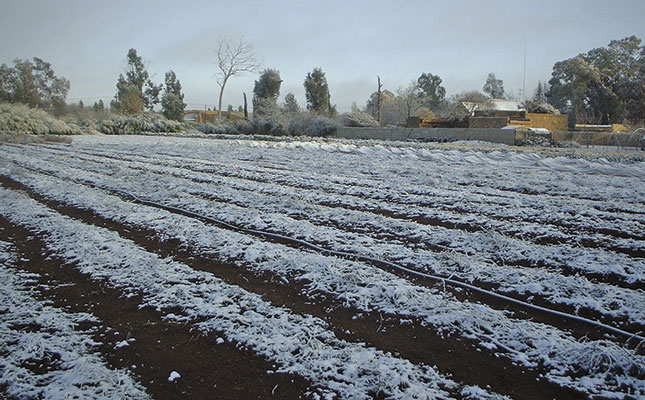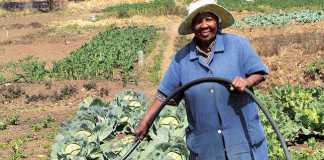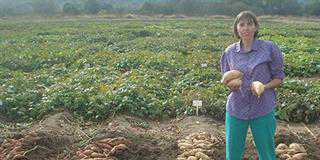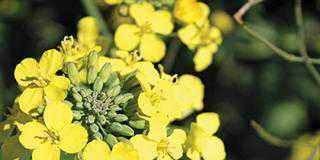
This week, I want to remind you of some basic steps to get ready for winter:
1. Warm and cold lands
Plan your planting so as to reserve the warmer lands for the coldest part of winter. It is all too easy to neglect this aspect.
The warmer slopes are the northern and north-west ones; these capture more heat units from the winter sun. The upper slopes are the ‘safest’; on still winter nights, the heavier cold air sinks to the lower areas.
This is not an absolute, however; the situation can be quite different in hilly areas. Here, the cold air moves along the valleys and often takes a shortcut over a hill if there is a bend in the valley. In this case, the top of the hill may be colder than the lower area.
In Mpumulanga, I once worked for an estate that grew tobacco. When the tobacco project was started, the manager built his nursery with the tobacco seedlings at the top of a hill. Shortly after this, he complained to me that the nursery was very cold and he could not understand why.
One morning I looked out of my office window and noticed a thick, cold fog moving along the river valley. As I watched, it bypassed the horseshoe bend of the river and went straight over the hill where the nursery was situated before joining the river again. What should have been the warmest part of the slope was in fact as cold as down by the river itself.
To avoid this problem, measure the temperature early in the morning at various points around the farm and watch the early morning mist in autumn.
Jog or take a bicycle trip around the farm on a winter’s evening and you will experience these temperature fluctuations for yourself. They can amount to several degrees and will make a huge difference to the performance of winter crops.
Plan to plant the colder areas to a more cold-tolerant crop such as carrots, or plant during a period when you know that temperatures are likely to be less extreme.
2. Irrigation and cold weather
Your irrigation methods can also make a big difference in winter. Walking through lands when there is a slight breeze, I am always amazed at the huge change in temperature when passing a land that is being sprinkler-irrigated or where irrigation has just taken place. The temperature drops by several degrees.
This should come as no surprise. Hothouses are cooled by drawing air through a wet wall. The dryer the air, the greater the drop in temperature as free water is rapidly evaporated, cooling the air faster.
If a cold front arrives after you have irrigated, the temperature will drop much lower in the land that is still wet than in an adjoining land where the ground surface and leaves are dry. The crop in the irrigated land can be severely damaged. You should therefore never sprinkler-irrigate if you know a cold front is approaching.
Ironically, if the crop is suffering from water stress at the time that intense cold hits, the damage will be even worse.
I have no idea why. The ideal situation is to ensure that the soil is sufficiently moist and the surface is dry. Drip irrigation does not have this cooling problem as there is no ‘wet wall’ effect like that produced by sprinklers.
3. Varieties and fertilisation
Needless to say, choosing cold-tolerant varieties will make a huge difference, as will fertilising with nitrogen. One of the effects of nitrogen is to soften the plant, and a soft plant is more easily damaged by cold.
I once came across a lettuce farmer who had recently fertilised his crop with nitrogen. He overdid it somewhat, as the crop was a very dark green apart from a small section he had missed.
This section was a medium-green colour and was the only area where the lettuce was not scorched by the first heavy frost.
You need adequate nitrogen for a higher yield, of course, but you should not overdo it, making the crop soft and vulnerable to cold. It’s a balancing act.













